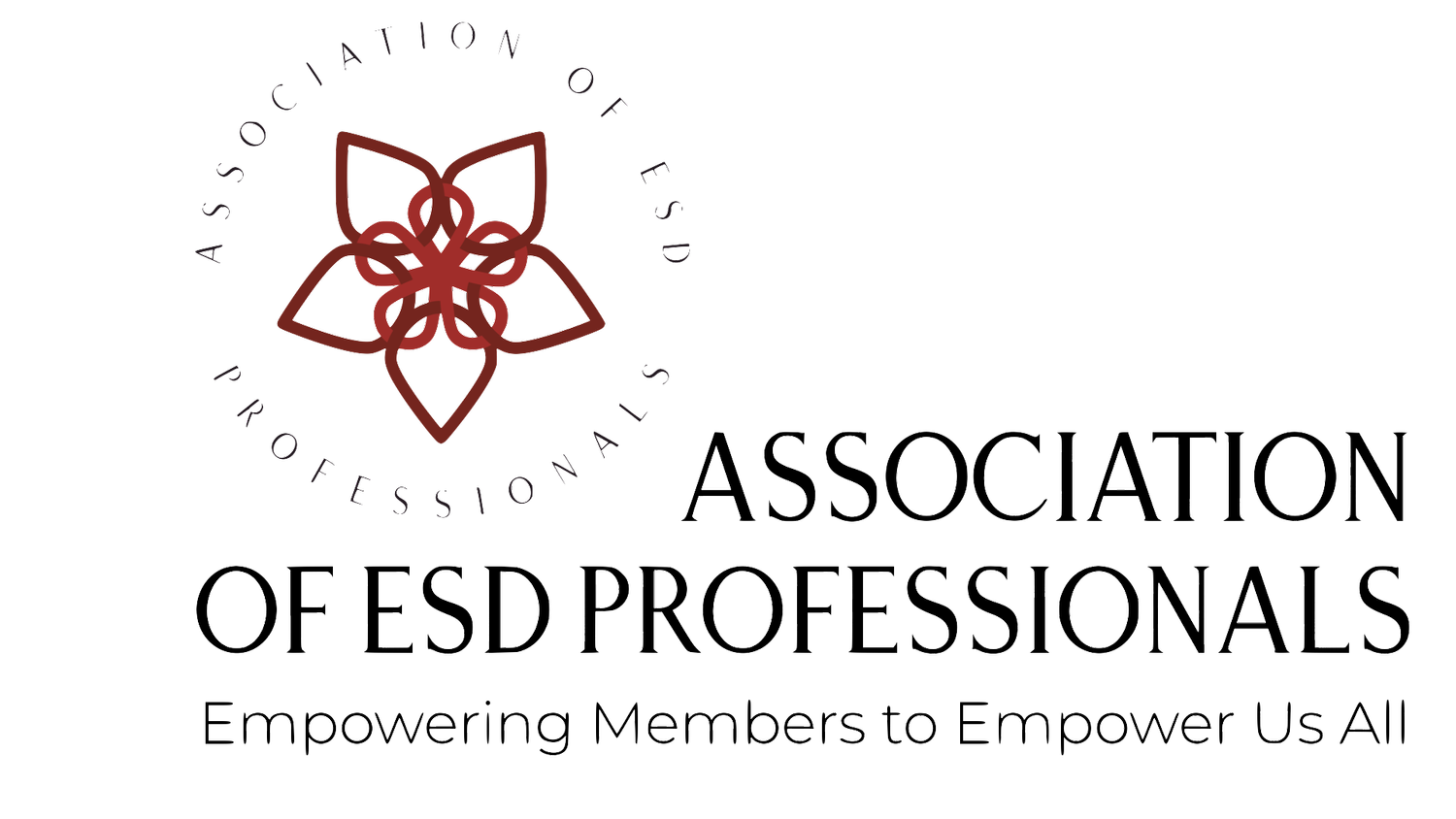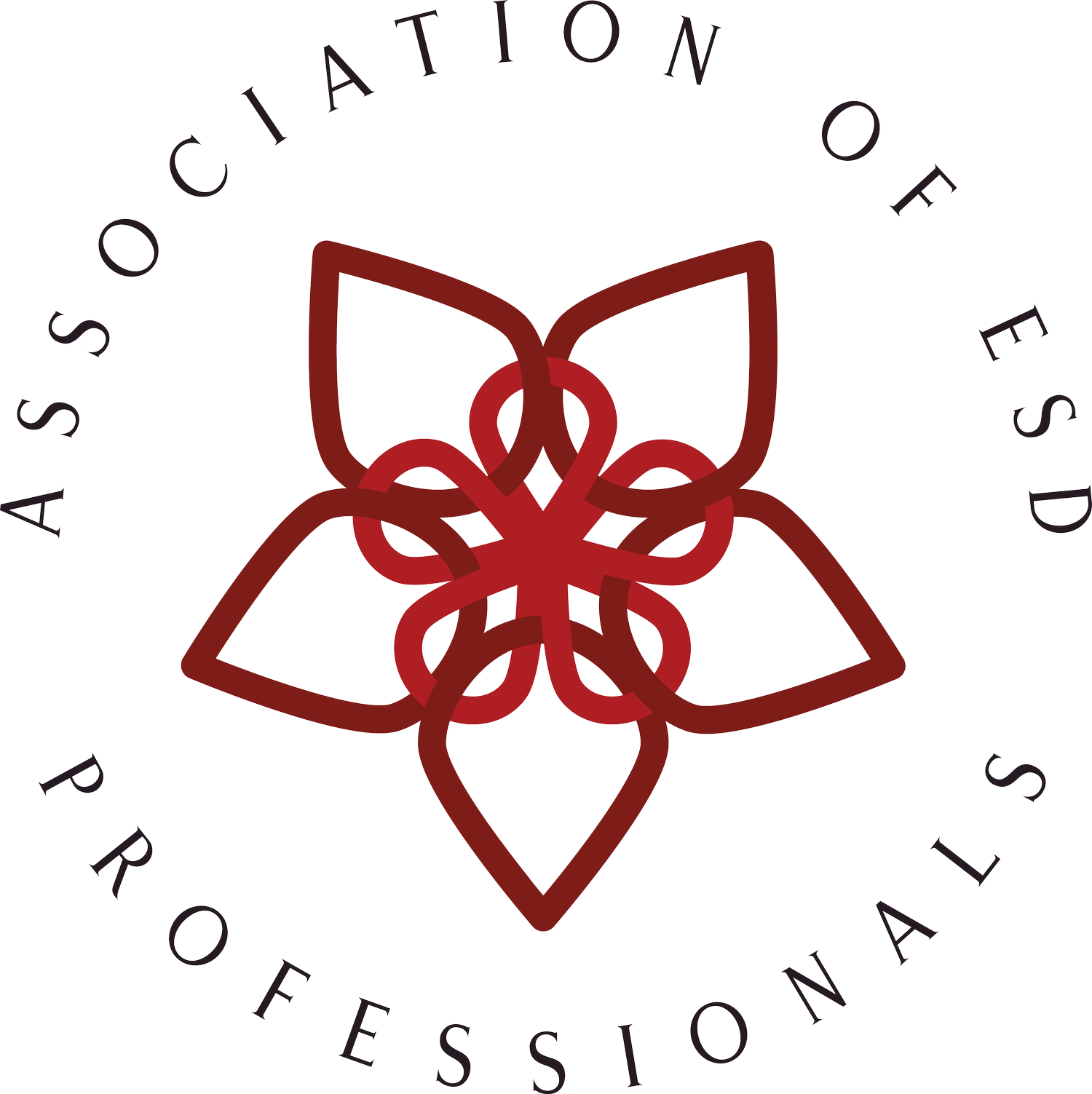Crowdfunding 101 for ESD Professionals
6 Key Questions to Ask Before Beginning Your Crowdfunding Journey
As an Empowerment Self-Defense (ESD) practitioner, you do work that inspires people. Hopefully you know this already. Transforming cultures of violence into cultures of peace—and providing individuals with practical skills for personal safety while you do it—is no small feat. Unfortunately, admiration, inspiration, and passion don’t pay overhead … at least, not directly. But, what if you could channel all that enthusiasm people feel about your work into direct funding for your ESD practice?
Enter crowdfunding. Modern-day crowdfunding typically refers to the raising of funds online, often but not always in exchange for gifts or rewards upon the project’s completion. Of course, the concept is hardly new. Public fundraising can trace its roots at least as far back as the 1700s, and the “public” has the same characteristics as always—compassion, empathy, a desire for meaning, a longing to be part of something, suspicion of false promises, insularity—even if more information competes for its attention in the Internet Age.
Originally thought to be the domain of artists, musicians, and quirky side hustles, crowdfunding today is a feasible solution to fund a diverse array of creative, entrepreneurial, and social projects … if you can successfully complete a campaign!
In this blog, we’ll dig into key questions to ask before starting your crowdfunding journey.
Be sure to check out our full How-To guide on “Crowdfunding for your ESD Project” for insights on which platform to choose, how to tell your story effectively, and more! Visit our Resources page on our website for this and dozens of other resources!
6 Questions to Ask Yourself Before Jumping into Crowdfunding
Are you or can you get comfortable asking people for money?
Crowdfunding is as personal as it gets, short of going door to door asking for donations or setting up a lemonade stand. So, can you overcome the (totally normal!) reluctance to ask for money as you look all those friends and strangers in the virtual face? But wait, let’s rephrase that: Do you believe that the work you are doing is important and valuable and deserves to get funded? Yes? Then you can do this.
Is your project bounded, or can it be?
Crowdfunding works best for projects that are bounded in time and scope. People want to see the results of their support, in a reasonable amount of time. For instance, you could crowdfund recording a music album, but probably not a songwriting retreat with uncertain outcomes. In ESD terms, you might crowdfund a teaching tour, a documentary, a book, an online course, or the startup costs for the first year of operations for a teaching space, but not the ongoing cost of simply running your ESD organization, day-to-day, indefinitely.
Do you have “proof of concept”?
People like to fund projects that are already in motion, or proven to work, paradoxical (and frustrating) though that may be. Crowdfunding probably isn’t the tool you need for start-up costs. “Proof of concept” is a helpful term from the startup world that, for our purposes, means you are already successfully doing what you say you are going to do and that you can be trusted to complete the initiative you propose. Already have a few dozen workshops under your belt and the testimonials to show for it? That’s proof of concept. Can you point to 5-star reviews on past online courses, or do you have all the raw video ready and waiting? Proof of concept. Do you have survey results proving there is sufficient demand for your ESD school? Proof of concept.
You’re good to go.
Can your network plausibly carry you to your funding goal?
While crowdfunding platforms and social media can theoretically bring your project to a much wider audience of potential donors, you don’t want to count on the unknown. So, can your network of friends, family, and followers get you there? A fun way to calculate this (and to communicate it to potential donors) is to make a not-so-short list of the people you think are likely to provide support, be they friends, family, or highly-engaged followers, and calculate how big (or small) an ask will get you to your goal. Five dollars per person? Ten dollars? Twenty dollars? Run some numbers, and figure out how many donors you need, and at what bracket. If your goal seems way off, you may need to bring it down. (Keep in mind that just about every platform will allow you to receive more funding than your initial goal, but not always less.)
Are you prepared to do A LOT of work?
There is no way around it, crowdfunding requires a significant amount of time and energy. It is advisable to determine before you begin whether you truly have the capacity (and the desire!) to take this on. Crowdfunding is not everyone’s cup of tea, so ask yourself, “Is this the kind of work that lights me up (energizing) or puts me out (draining)?” Your ESD project needs you vibrant and energized; you can’t feed your work if it doesn’t feed you.
Common mistake: Thinking that you can simply toss up a campaign online and it will fund itself. This is a big undertaking; it requires daily effort and months of consistent, determined hard work.
Is your financial security independent of your crowdfunding success?
If not, don’t do it. Yet. Find a stable income source first, then revisit the idea. Crowdfunding is not a surefire path to funds by any means, and desperation is antithetical to a successful campaign.
Good luck!
Be sure to check out the full (free!) how-to guide on our website here!
Would you like to share about your ESD work, or do you think a certain ESD organization should be featured? Reach out at toby@esdprofessionals.org about contributing to the Association of ESD Professionals blog!
About Toby
Toby is a vagabondess and storyteller currently rooted in Costa Rica. She has a metaphorical closet full of hats: Author, Editor, Marketing Consultant, Movement Artist, and Empowerment Self-Defense Instructor. Toby holds a BA in Anthropology from Middlebury College and an MA in Peace and Media Studies from the University for Peace. Toby is the founder of Mujeres Fuertes Costa Rica, a holistic self-defense project creating unique empowerment retreats around the country and region. Her first book, Vagabondess: A Guide to Solo Female Travel, was published in 2020. The common thread? Women’s empowerment, freedom, and adventure. Toby loves to support clients to share their stories effectively, whether that be in the form of a first book, new website, or business and marketing strategy.
Author: Toby Israel
Editor: Samantha Waterman
Image: Courtesy of Author


